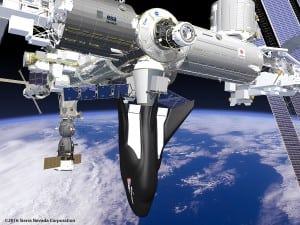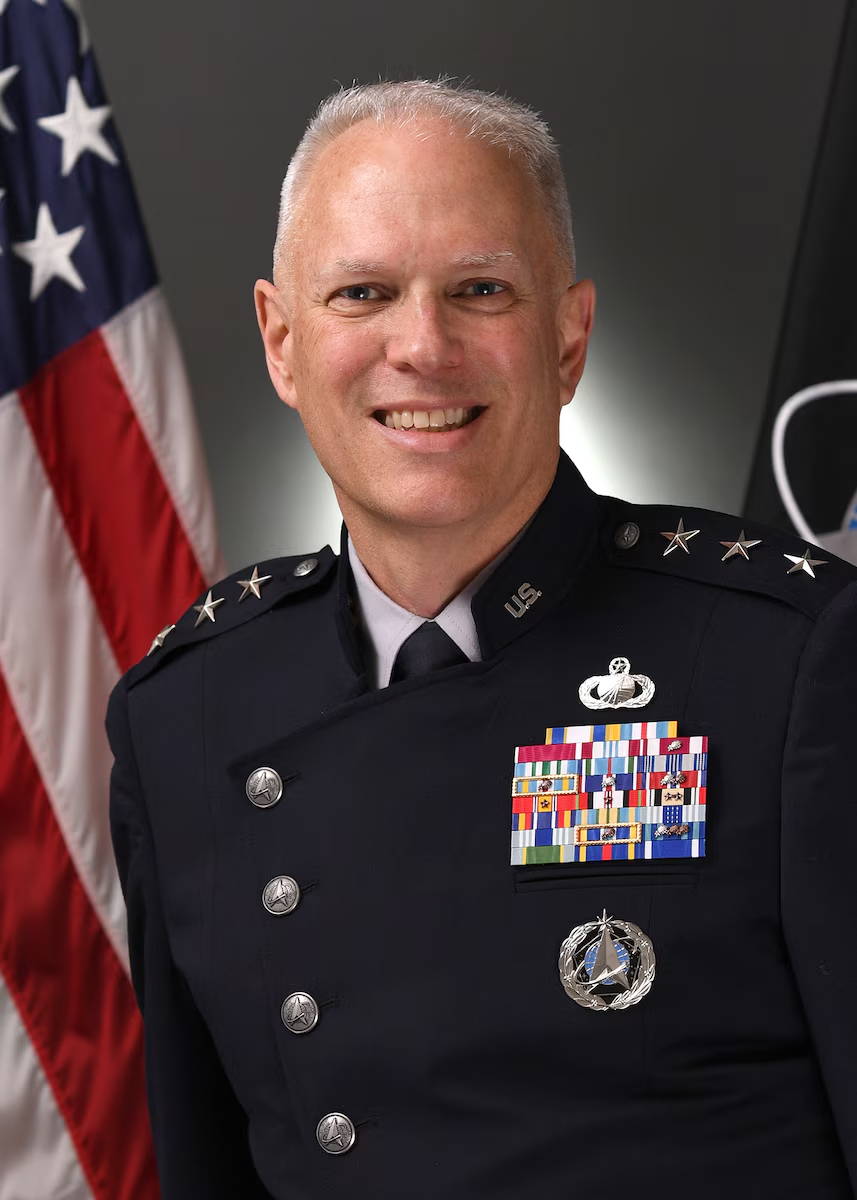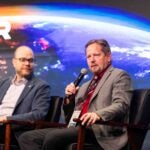
NASA’s Cargo Resupply Services-2 (CRS-2) source selection statement released late Friday found that Orbital ATK [OA] had the lowest price among awardees while Space Exploration Technologies Corp. (SpaceX) had the highest mission suitability score, a key evaluation factor.The two companies, along with Sierra Nevada Corp. (SNC), were awarded contracts for CRS-2, NASA’s follow-on program for delivering cargo and supplies to the International Space Station (ISS). Orbital ATK and SpaceX were incumbents from the original CRS while SpaceX is also participating…













